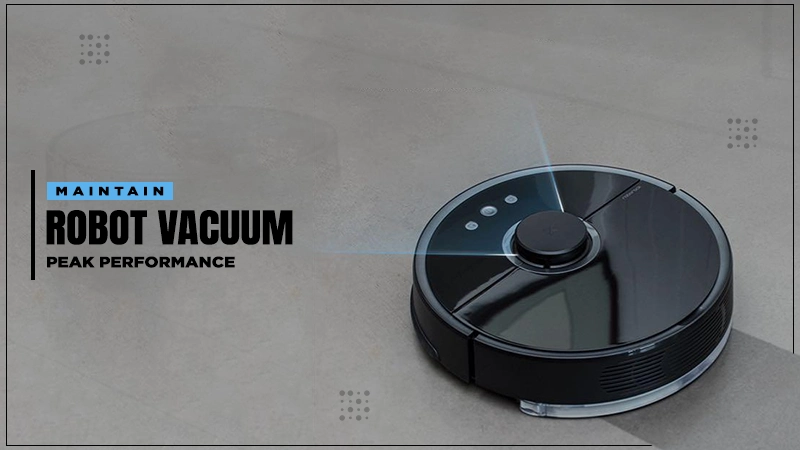On May 28, 2025, the unexpected diversion of Delta Flight DL275 at Los Angeles International Airport (LAX) resounded all over the world. A flight on Airbus A350-900 between the Detroit Metropolitan Airport (DTW) and Tokyo Haneda Airport (HND) had to change route because of a serious technical failure. This article explains the causes of the Delta Flight DL275 diverted LAX incident, the technical failure, the reaction of pilots, the security of passengers, and the general lessons for the aviation industry.
Overview of Delta Flight DL275
The Airbus A350-900 aircraft served on the international route DL275 normally has engines of Rolls-Royce Trent XWB, which are generally recognized to have modern safety measures, fuel efficiency, and comfort for passengers during long-distance flights. The aircraft route goes through the North Pacific Ocean, where advanced avionics and environmental controls are needed.
What Caused Delta Flight DL275 to Divert LAX?
At 12,500 feet above the Pacific and in the middle of the ocean, the pilots noticed that the aircraft had a malfunction in its engine anti-ice system. The system is essential to avoid unsafe ice formation on engine parts, particularly at high altitude, where its presence is usually accompanied by freezing. The failure of an anti-ice system undermines engine propulsion and flight security, and the pilot crew tries to find an immediate and safe diversion.
Why Was LAX Selected?
- Proximity: The plane was closest to LAX when the fault was detected, allowing quicker landing.
- Technical Support: LAX’s facilities include specialized teams capable of handling Airbus A350 maintenance and Rolls-Royce engine repairs.
- Passenger Services: As a Delta hub, LAX efficiently supports passenger care, including accommodations and rebookings.
- Safety Priority: The pilots prioritized a rapid, secure landing to mitigate any risks.
Passenger Experience During the Incident
According to the passengers onboard, the crew members were effective in communicating with them; they clarified the problem without raising their voices. The Airbus A350 landed safely at LAX, and passengers were immediately attended to with meals, accommodation, and rebooking.
Unique Technical Insight: Airbus A350 Engine Anti-Ice System
The engine anti-ice system in Airbus A350-900 is one of the most important components aimed at providing safe engine working under the conditions of freezing. Each engine has two anti-ice valves, which control the amount of hot bleed air exited through the compressor of the engine.
This hot air is pumped to important parts of the aircraft, like the air intake to the nacelle and fan blades, in order to avoid congealing of ice, which may cause interference with the air flow or cause damage to engine parts. The system is also monitored by the redundant sensors and will be controlled by two channels, which will ensure functionality even when one of the channels fails.
The ice-detecting system of the aircraft involves the sensors that are installed on the fuselage to continuously check whether there is any ice accretion. When a pilot notices that he is icing, he will be alerted through cockpit displays, and he can turn on or off the anti-ice system.
The anti-ice system malfunctioned to activate these alerts, which alerted the pilot in the case of Delta Flight DL275. The regulatory authorities, like EASA, have required strict inspection measures of this system to avoid failures that may interfere with safety.
This advanced engineering explains the reason as to why any unusual occurrence leads to instant diversion judgments. The construction of aircraft is based on multiple protections and the presence of a fail-safe to maintain the highest level of safety.
Aviation Safety Lessons
- Airlines prioritize safety over schedules, proactively diverting flights on faults.
- Real-time monitoring systems detect and signal faults early for timely crew action.
- Passenger welfare remains central through clear communication and support during disruptions.
- Advancements in AI and predictive maintenance enhance the detection and prevention of such issues.
After the Diversion: Maintenance and Recovery
Upon landing at LAX, the maintenance staff was able to conduct comprehensive inspections and fix the engine anti-ice system in about 18 hours. The passengers were comforted and helped with further travel plans. Such prompt reaction represents effective contingency planning and aviation resilience.
Conclusion
The incident of Delta Flight DL275 diverted LAX shows how aviation has a well-built safety infrastructure where the skills of the pilots and the technical system of the aircraft, and the coordinated work of the ground forces prioritize passenger security as its main priority. Such rapid decisions will result in long-term confidence in the reliability and security of air travel, even though it may be inconvenient.
FAQs
What caused Delta Flight DL275 to divert to LAX?
A malfunction in the engine anti-ice system necessitated the diversion as a precautionary measure.
Was passenger safety compromised?
No, the diversion was precautionary with no reported danger.
What is the function of the engine anti-ice system?
It prevents ice build-up on critical engine components using heated bleed air to maintain safe operation.
How long was the delay caused by the diversion?
Approximately 18 hours on the ground while repairs were completed.
How does preventive maintenance improve flight safety?
AI-driven monitoring forecasts potential failures, helping crews take corrective action before incidents occur.










